Santo Domingo 2025: Colonial Echoes, Afro-Caribbean Spirit, and Urban Renaissance
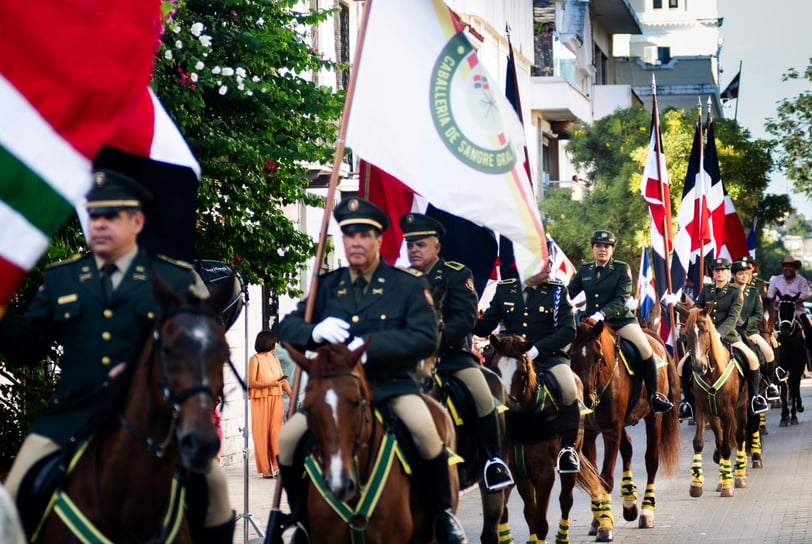

A city where every stone tells a story, and every rhythm echoes centuries of cultural fusion.
Introduction: The First City of the New World
Santo Domingo isn’t merely the capital of the Dominican Republic—it is a living palimpsest where centuries are layered atop one another, waiting to be read. Founded in 1496 by Bartholomew Columbus, the city holds the distinction of being the first permanent European settlement in the Americas. Every worn cobblestone, every coral-stone façade, every arching colonnade along the Ozama River whispers stories of colonial conquests, forgotten saints, resilient communities, and emergent dreams.
In 2025, Santo Domingo presents itself not as a relic of the past but as a city actively composing its future. While much of its identity remains steeped in colonial architecture and historical milestones, a parallel narrative has begun to flourish—one of cultural reinvention, artistic resistance, and Afro-Caribbean revival. To walk through Santo Domingo today is to experience a place where the past is not merely remembered but challenged, questioned, reimagined. It is a city simultaneously haunted and hopeful, intimate yet sprawling, sacred yet irreverently alive.
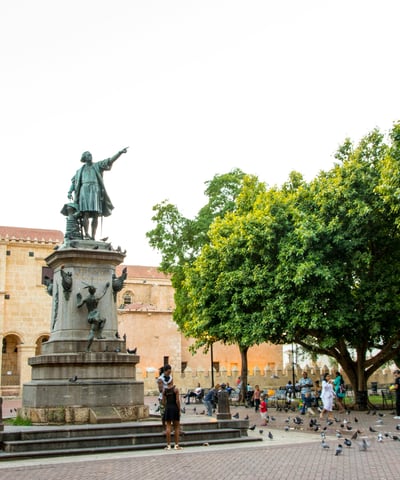

The Colonial Zone: Stone, Memory, and Myth
At the heart of Santo Domingo lies the Zona Colonial, a UNESCO World Heritage site and the physical embodiment of New World history. Its streets—narrow, meandering, and often shaded by bougainvillea or Spanish-tiled eaves—are more than tourist attractions; they are arteries of memory. Calle Las Damas, the oldest paved street in the Americas, runs parallel to centuries of triumph and trauma. Lined with colonial mansions, chapels, and convents, it evokes a time when Spanish aristocrats strolled under gaslight, unaware of the revolutions to come. Its elegance is melancholy, the kind that settles into the bones of the traveler.
One cannot enter the Catedral Primada de América without sensing the magnitude of its silence. Constructed in the early 16th century, the cathedral blends Gothic solemnity with Renaissance poise, standing as both a monument to faith and imperial ambition. Pilgrims and visitors still cross themselves at the entryway, though many do so with mixed feelings—awed by the architecture, but reflective of the colonial impositions it represents. Nearby, the Alcázar de Colón, once the grand residence of Diego Columbus, offers views over the Ozama River that blur time: ships no longer arrive with conquistadors, but the air still feels thick with their ghostly presence. Meanwhile, the Museo de las Casas Reales curates the legacy of Spanish rule through well-preserved artifacts and interior spaces, grounding grand narratives in everyday objects—quills, robes, maps, and seals—each imbued with echoes of power.
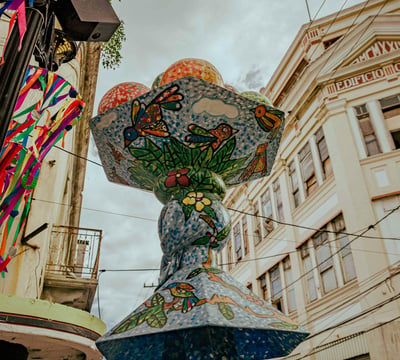

Afro-Caribbean Roots & Rhythms
Santo Domingo’s story cannot be told without the pulse of Africa. Beneath the domes and balconies of its colonial core lies a deeper rhythm—one shaped by centuries of displacement, survival, and reinvention. The island’s Afro-Caribbean identity breathes in the language, food, spirituality, and, most vividly, in the music. Merengue and bachata, both UNESCO-recognized cultural treasures, are not merely genres but testimonies. Their lyrics speak of longing, resistance, celebration, and everyday struggle. In local barrios, dance is both catharsis and communication. It is common to see an impromptu merengue circle form in a plaza or a bachata ballad drifting from an open window, mingling with the scent of fried plantains and the salt of the Caribbean breeze.
February brings with it Carnaval Dominicano, and with it, a whirlwind of symbolism, movement, and color. The streets erupt with Diablos Cojuelos, those masked, devilish tricksters of folklore who confront and mock the legacies of colonial power. Their presence is theatrical yet profound—reminding onlookers that in Dominican culture, laughter, myth, and resistance often wear the same face. But Afro-Caribbean traditions extend far beyond the parades. In neighborhoods like Los Mina or Villa Mella, spiritual practices rooted in African cosmologies continue in intimate rituals—drumming ceremonies, ancestor veneration, and healing dances that connect the present to a deeper, often invisible, ancestral line. These traditions remain largely undocumented, passed down orally, woven into domestic life, and shielded from commodification. They are not performances for tourists but threads in the Dominican soul.
Beyond the traditional hubs, a new creative geography is emerging. Districts like Piantini, once defined by commercial anonymity, now host popup design fairs, film screenings on rooftops, and Afro-futurist art collectives. In Gazcue, neoclassical houses are being converted into collaborative studios where architects sketch beside ceramicists and DJs remix poetry readings into soundscapes. Santo Domingo’s café scene, once dominated by hotel lobbies and chain brands, has given way to spaces like Café Con Letras or La Alpargatería, where cortado and cultural critique are served side by side. These are not just urban renewal projects—they are the city dreaming itself forward.
Urban Renaissance: Creativity, Coffee, and Cultural Revival
While Santo Domingo honors its past, it is no longer content to remain a city of monuments. A quiet revolution is underway—one of coffee shops, concept galleries, digital poetry readings, and experimental architecture. The Plaza de la Cultura, long a center of national pride, is undergoing a thoughtful transformation. Its museums—the Museo de Arte Moderno, the Museo del Hombre Dominicano, and the Biblioteca Nacional Pedro Henríquez Ureña—are being reimagined to better represent the complexities of identity in a postcolonial Caribbean nation. A new open-air amphitheater is under construction, designed with eco-conscious materials and Taíno-inspired motifs, creating a space where music, memory, and nature converge.
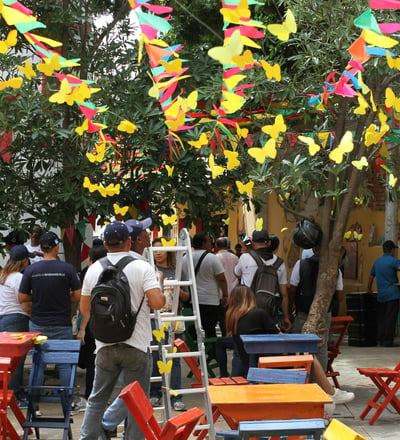

Festivals & Cultural Highlights in Santo Domingo (2025 Edition)
📖 Feria Internacional del Libro Santo Domingo (April 2025)
Held annually at the Plaza de la Cultura Juan Pablo Duarte, this is the largest literary event in the Caribbean, attracting more than 120,000 visitors over ten days. The fair transforms Santo Domingo into a city of books, with streets lined by open-air publishers’ stalls, performance tents, and roaming poets. Attendees range from university students and literary critics to schoolchildren and international authors. The 2025 edition focuses on the theme “Caribbean Literature & Migration: Stories that Cross Water”, offering an exploration of identity, displacement, and the generational weight of language.
The fair also serves as a cultural crossroads, where Dominican writers like Reynaldo García Pantaleón, Rita Indiana, and diaspora voices like Elizabeth Acevedo and Junot Díaz meet on shared ground. Discussion panels, poetry readings, and manuscript workshops invite participation across ages and disciplines. The atmosphere is vibrant but grounded—anchored by a sense that storytelling in the Caribbean is both inheritance and rebellion.
✅ Key Highlights:
Keynote by Junot Díaz: “Haunted by the Island: Writing Diaspora & Memory”
Panel Discussion: “The Colonial Gaze in Caribbean Narratives” featuring Katia D. Ulysse, Pedro Cabiya, and Yolanda Arroyo Pizarro
Writing Workshop: “Caribbean Women Rewriting the Canon” led by Elizabeth Acevedo
✨ Features for 2025:
Waves of Memory: A digital exhibition of Caribbean migration routes, with soundscapes from Jamaican dub archives and oral history booths
Island Voices Tent: Bilingual poetry readings, youth storytelling circles, and spoken word performances curated by the Centro León
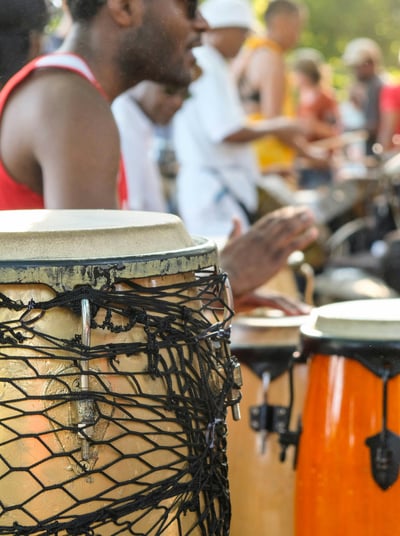

🎶 Festival del Merengue y Ritmos Caribeños (July 2025)
Every July, Santo Domingo’s famed Malecón—the city’s seaside promenade—becomes a rolling tide of rhythm and celebration. The Festival del Merengue has grown steadily since the 1960s, now welcoming over 250,000 visitors during its weeklong run. Its audience is wonderfully diverse: older couples reliving musical memories, youth dance troupes performing on makeshift stages, and tourists captivated by the sheer scale of the celebration. The Malecón pulses with stages, food stalls, folkloric dance performances, and mobile bars, all under the watchful gaze of the Caribbean Sea.
In 2025, the festival expands its scope, inviting performers from across the Greater and Lesser Antilles for a Caribbean music summit. Musical legends like Juan Luis Guerra, Milly Quezada, and Toño Rosario will share the lineup with genre-bending younger artists like Tokischa, Riccie Oriach, and Haitian kompa fusionist Boukman Eksperyans. Expect everything from horn-heavy merengue to electronic reinterpretations of Afro-diasporic sounds.
✅ Key Highlights:
Juan Luis Guerra Symphonic Tribute: A re-orchestration of classic merengue hits at the Teatro Nacional Eduardo Brito
Southern Caribbean Showcase: With live acts from Saint Lucia, Trinidad & Tobago, and Haiti
Merengue Open Plaza Nights: Community-led dancing in the Plaza Juan Barón and Plaza Güibia
✨ Features for 2025:
Caribbean Remix Night: Featuring DJs like Mochakk, DJ Marfox, and Haitian Voodoo Beats Collective
Dance of the Ancestors Parade: A collaborative processional between spiritual houses and performance artists, rooted in Yoruba-Dominican heritage
Merengue y Memoria: A visual archive of Dominican music history with LPs, vintage photographs, and radio broadcasts from the 1950s–1980s
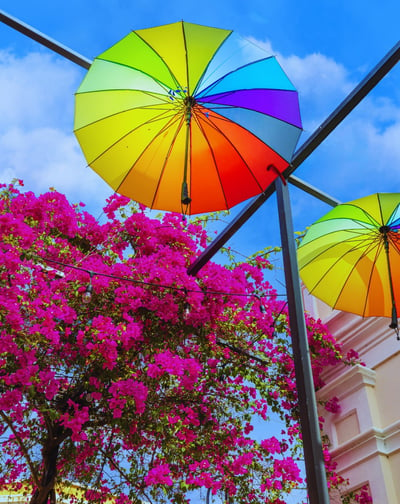

🧵 Arte Santo Domingo (October 2025)
Held every two years in cultural venues across Gazcue, Ciudad Colonial, and select outdoor installations, Arte Santo Domingo is the city’s largest gathering of contemporary visual artists and curators. It brings together over 70 artists from the Caribbean, Latin America, and Africa to reflect on the region’s evolving aesthetics. In 2023, the event drew 40,000 visitors, including collectors, academics, design students, and casual flâneurs wandering into pop-up galleries in old convents and courtyards. In 2025, the central theme is “Island Imaginaries”—how Caribbean places are remembered, reconstructed, and imagined beyond postcard clichés.
This year, special emphasis is placed on collaborative and participatory works. Artists like Joscelyn Gardner (Barbados), Firelei Báez (Dominican-American), and Edgar Calel (Guatemala) will create large-scale works exploring themes of mythology, migration, and resilience. Installations will interact with the city itself—murals wrapping abandoned buildings, textile pieces floating between colonial archways, and soundscapes activated by passerby movement.
✅ Key Highlights:
Main Exhibition: Island Imaginaries – Multi-venue showcase with installations, sculpture, and sound art
Live Installations: Public rituals and ephemeral works in Plaza de la Cultura and Parque Colón
Residency Collaborations: With artisans from Villa Mella, focusing on ancestral techniques and natural materials
✨ Features for 2025:
Panel: “Whose Paradise?” – Featuring curators from Tate Modern, Pérez Art Museum Miami, and Casa Quien
Urban Art Trail: Self-guided map and digital tour connecting 20+ open-air works, with narration by the artists
Art & Ancestry Lab: Interactive workshop space for children and families focused on memory and visual storytelling
Conclusion: Where History Breathes and the Future Dances
Santo Domingo is no longer frozen in the sepia tones of its colonial postcards. In 2025, it is a place of contrast and harmony—a space where ancient bells ring beside spoken-word nights, where masked dancers and jazz musicians trace invisible histories in the air. It is a city that asks to be experienced slowly: through its rituals, its food, its murals, and the pauses between stories.
To walk through Santo Domingo today is to cross time itself. Its identity is not singular, but plural—sung in many languages, danced in many rhythms, and carried in the memories of generations. For the reflective traveler, it offers more than architecture or celebration—it offers insight into what it means to live, to remember, and to become. In its quiet courtyards and riotous carnivals alike, Santo Domingo teaches us how to hold joy and complexity at once.
References (for further reading and verification):
Diario Libre – “Santo Domingo’s Book Fair to Spotlight Diaspora Narratives”
Dominican Today – “Juan Luis Guerra and Milly Quezada to Headline Santo Domingo’s Merengue Fest”
Listín Diario – “Cross-Island Sounds Meet Electronica in Merengue Festival’s New Showcase”
El Caribe – “Art Biennale Returns with ‘Island Imaginaries’ and Regional Collaborations”
Centro León – “Caribbean Storytelling and the Spoken Word Revolution”
For a more grounded guide to navigating Santo Domingo’s historic corridors, neighborhoods, and hidden gems, explore our companion piece, "Santo Domingo, Dominican Republic: The First City of the New World."
For a more intimate glimpse into the soul of the city, follow a traveler’s quiet encounter with a forgotten bookstore and the man who guards its stories—one memory at a time, in Travelers' Tales— "The Bookseller of Calle Hostos: A Santo Domingo Tale."
✉️ Contact:
Curated by TrueTrip Hub |
© 2025 Invisible Atlas — All rights reserved.
Invisible Atlas
Journey Beyond the Visible
invisible.atlas@truetriphub.com
